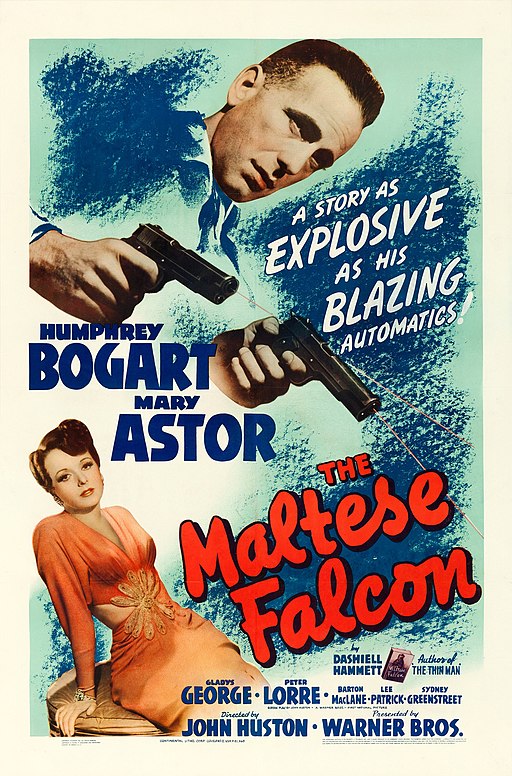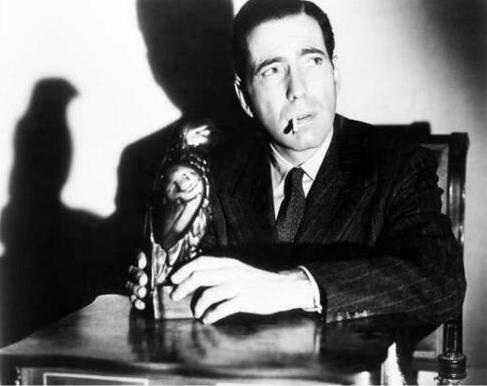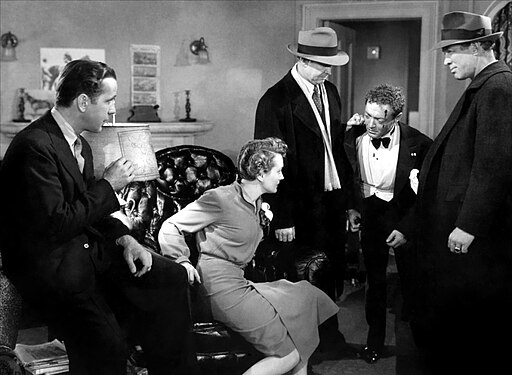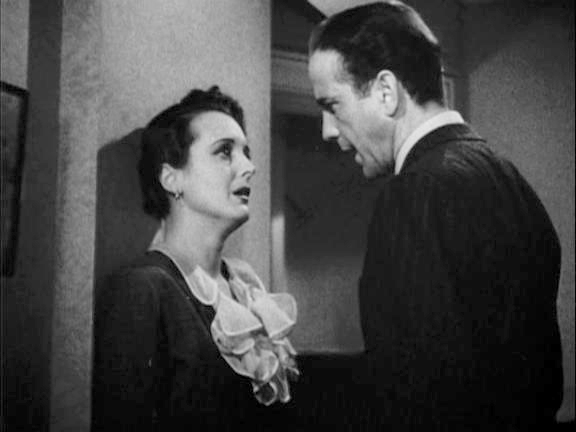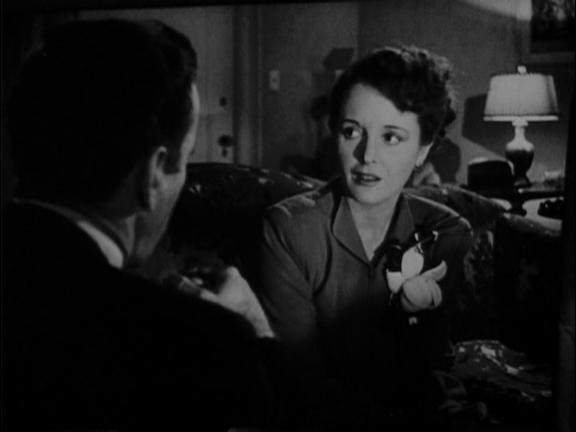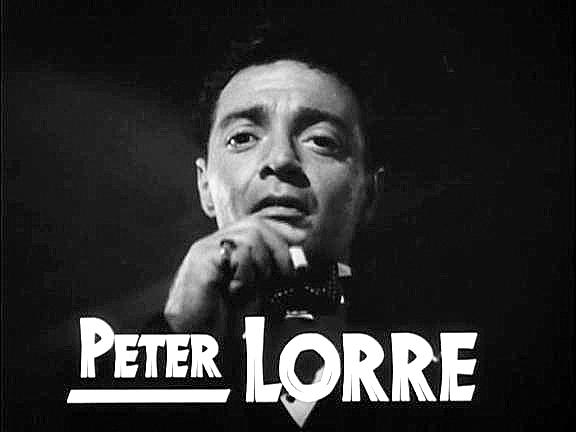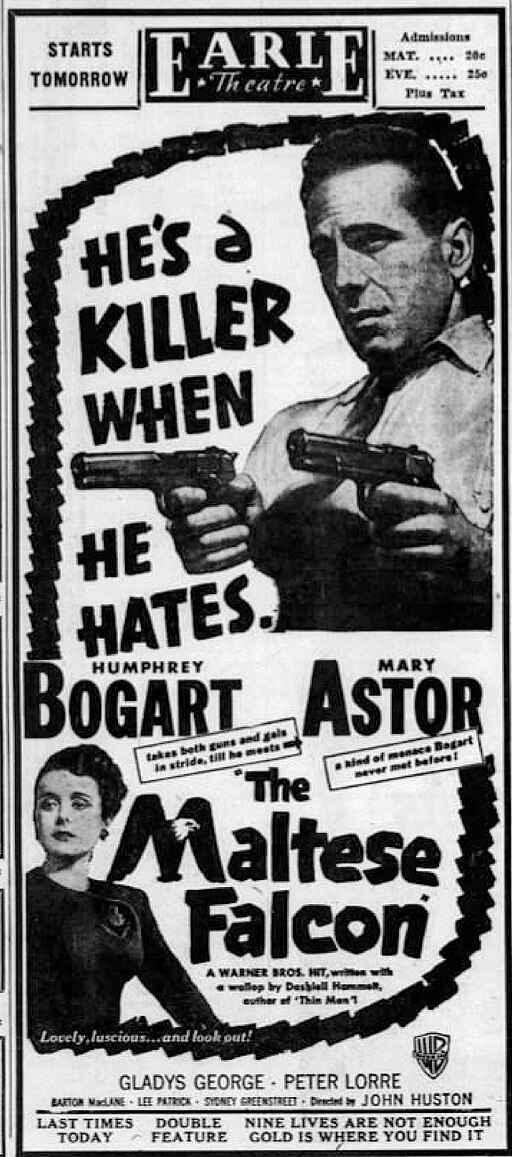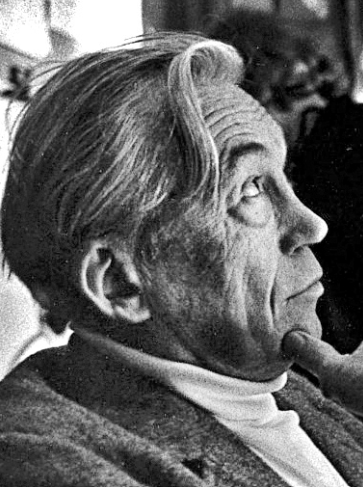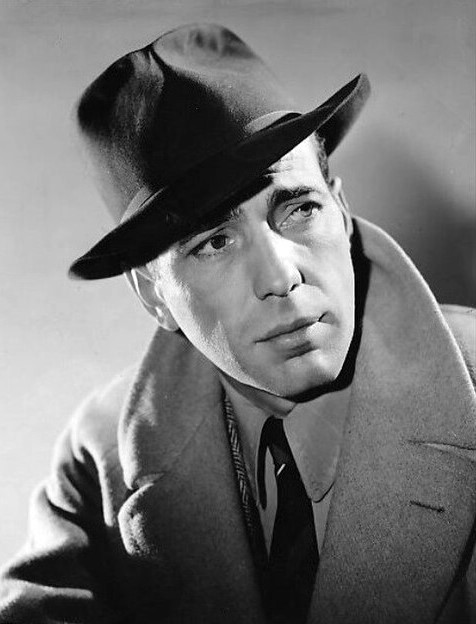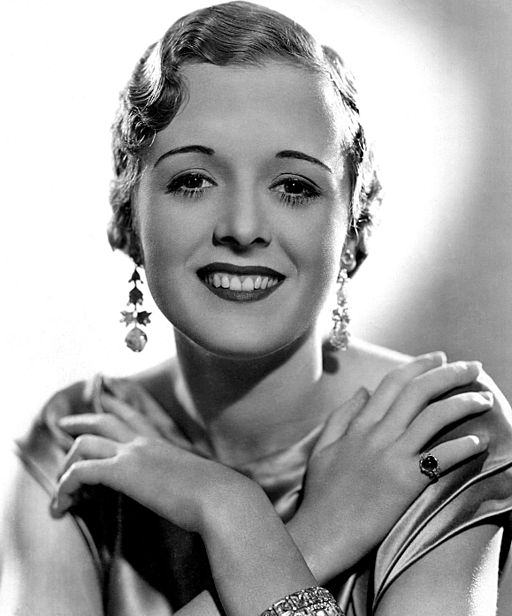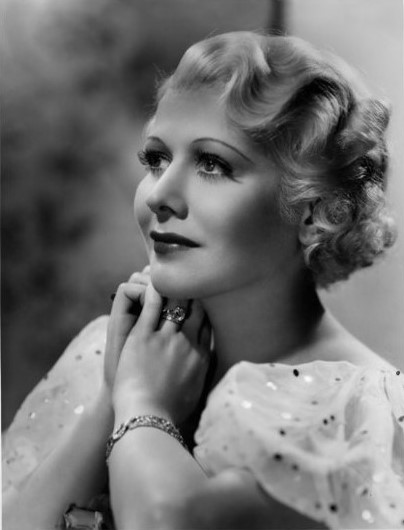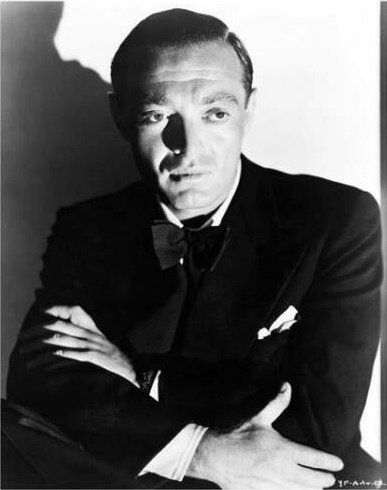The Maltese Falcon - 1941
back| Released by | Warner Bros. |
| Director | John Huston |
| Producer | Hal B. Wallis |
| Script | John Huston, based on the novel by Dashiell Hammett |
| Cinematography | Arthur Edeson |
| Music by | Adolph Deutsch |
| Running time | 100 minutes |
| Film budget | $ 375.000,- |
| Box office sales | $ 1,8 million |
| Main cast | Humphrey Bogart - Mary Astor - Gladys George - Peter Lorre - Sydney Greenstreet |
The Maltese Falcon
A Film Noir Masterpiece
"The Maltese Falcon" (1941), directed by John Huston, is a seminal film noir starring Humphrey Bogart as Sam Spade, a private detective entangled in a web of deceit, murder, and greed revolving around a priceless artifact, the Maltese Falcon.
The film's narrative complexity, sharp dialogue, and shadowy cinematography set a new standard for the noir genre. Bogart's portrayal of the morally ambiguous, tough-talking Spade became a template for film detectives. Its impact on cinema is profound, influencing not only the noir style but also introducing a new depth and moral complexity to character development in film.
Related
The Maltese Falcon – 1941
"The Maltese Falcon" is a landmark film in the film noir genre, directed by John Huston in 1941.
Summary
Setting: The story unfolds in San Francisco.
Plot:
- Introduction of Sam Spade and Miles Archer: The film opens with private detectives Sam Spade (Humphrey Bogart) and Miles Archer (Jerome Cowan) being hired by a mysterious woman, Brigid O'Shaughnessy (Mary Astor). She asks them to follow a man named Floyd Thursby, claiming he has run off with her sister.
- Murders and Investigation: That night, Archer is found murdered, and soon after, Thursby is also killed. Spade becomes a suspect but remains uncooperative with the police. He's more interested in unraveling the mystery himself.
- Entrance of Cairo and Gutman: Spade encounters Joel Cairo (Peter Lorre), who offers a hefty sum for a figurine – the Maltese Falcon. Later, Spade meets Kasper Gutman (Sydney Greenstreet), who explains the history of the Falcon, a priceless artifact covered in jewels and painted black.
- Double Crosses and Revelations: The plot thickens with betrayals, shifting alliances, and a series of double-crosses involving O'Shaughnessy, Cairo, and Gutman, all seeking the Falcon.
- Climax: Eventually, Gutman reveals that the Falcon being shipped to them is a fake. He and his associates leave, but Wilmer (Elisha Cook Jr.), Gutman’s bodyguard, is arrested for the murders.
- Conclusion: In the end, Spade turns O'Shaughnessy over to the police after learning she killed Archer. The film closes with Spade returning to his normal life, unfazed but clearly affected by the events.
Analysis
Genre and Style: "The Maltese Falcon" is a prime example of film noir, characterized by its cynical attitude, sexual motivations, and dark visual style. The film's shadowy cinematography and the urban setting enhance the story's mysterious and morally ambiguous tone.
Characterization:
- Sam Spade embodies the archetypal hard-boiled detective – emotionally detached, sharp-witted, and inherently moral, despite his outward cynicism.
- Brigid O'Shaughnessy is the quintessential femme fatale, using her charm and deceit to manipulate those around her.
- Joel Cairo and Kasper Gutman are memorable for their peculiarities and sinister motives, adding layers to the film's intricate plot.
Themes:
- Moral Ambiguity: None of the characters are traditionally heroic or villainous, embodying the film noir ethos where morality is fluid and complex.
- Obsession and Greed: The pursuit of the Falcon represents the destructive nature of greed, driving characters to betrayal and murder.
Influence and Legacy: "The Maltese Falcon" set a standard for the film noir genre with its complex narrative, shadowy visuals, and morally ambiguous characters. It's celebrated for its dialogues, iconic performances, particularly by Bogart, and its intricate plot. The film's influence extends to modern cinema, resonating in the themes and styles of many contemporary films.
Official Trailer from The Maltese Falcon:
Full Cast of The Maltese Falcon:
- Humphrey Bogart as Sam Spade
- Mary Astor as Brigid O'Shaughnessy
- Gladys George as Iva Archer
- Peter Lorre as Joel Cairo
- Barton MacLane as Detective Lieutenant Dundy
- Lee Patrick as Effie Perine
- Sydney Greenstreet as Kasper Gutman
- Ward Bond as Detective Tom Polhaus
- Jerome Cowan as Miles Archer
- Elisha Cook Jr. as Wilmer Cook
- James Burke as Luke, Spade's operative
- Murray Alper as Frank Richman
- John Hamilton as District Attorney Bryan
- Charles Drake as Reporter at Phone Booth (uncredited)
- Chester Gan as Bit Part (uncredited)
- Creighton Hale as Stenographer (uncredited)
- Robert Homans as Policeman (uncredited)
- William Hopper as Reporter (uncredited)
- Walter Huston as Captain Jacobi (uncredited)
- Fred Kelsey as Detective Tom (uncredited)
Analysis of the Directing Style of John Huston:
John Huston's direction in "The Maltese Falcon" (1941) is a seminal example of masterful filmmaking, particularly in the film noir genre. His approach to this film can be analyzed through various aspects:
- Composition and Framing: Huston's use of composition is meticulous. He frames shots to capture the essence of film noir - shadows, tight spaces, and imposing angles that create a sense of claustrophobia and tension. The interplay of light and shadow is used to reflect the moral ambiguity of the characters and the narrative.
- Use of Black and White: The decision to shoot in black and white contributes significantly to the film's mood. The stark contrasts and deep shadows create an atmosphere of mystery and intrigue, essential to the film noir aesthetic.
- Faithfulness to Source Material: Huston's adaptation is remarkably faithful to Dashiell Hammett's novel, preserving its complex plot and snappy dialogue. This fidelity adds a layer of authenticity and depth to the film.
- Pacing: The film's pacing is tight and efficient, with no scene wasted. Huston manages to keep the story moving at a brisk pace, building tension and keeping the audience engaged without rushing through important plot points.
- Character Interpretation: Huston's direction of the actors brings out multi-dimensional performances, especially notable in Humphrey Bogart's portrayal of Sam Spade. He guides his actors to embody the essence of film noir characters - morally ambiguous, gritty, and complex.
- Interaction and Chemistry: The interaction between characters is a highlight of Huston's direction. The chemistry between Bogart and Mary Astor, and the dynamics among the trio of Spade, Cairo (Peter Lorre), and Gutman (Sydney Greenstreet), are directed to capture a blend of suspense, intrigue, and subtle humor.
- Symbolic Use of the Falcon: The Maltese Falcon itself is a masterstroke of symbolism, representing greed, obsession, and the elusive nature of that which is most desired. Huston's treatment of the Falcon as more than just a physical object, but rather a driver of the plot and a symbol, adds depth to the narrative.
- Exploration of Themes: Themes of greed, betrayal, and moral ambiguity are explored with a nuanced touch. Huston doesn't provide easy answers or clear-cut heroes and villains, instead presenting a world where everyone has their own motives and ethics.
- Breaking New Ground: Huston's work on "The Maltese Falcon" set new standards for film noir. His innovative use of visual style, narrative structure, and character development influenced countless films in the genre.
- Legacy: Huston's direction in this film is not just about technical proficiency; it's about setting a mood, telling a story in a way that immerses the viewer in a world that is at once exciting, dangerous, and morally complex.
Analysis of the Performance of Humphrey Bogart:
Humphrey Bogart's portrayal of Sam Spade in "The Maltese Falcon" is one of his most iconic roles and a defining moment in his career. His performance can be analyzed through various dimensions:
- Tough Exterior with Complex Emotions: Bogart's Sam Spade is the epitome of the hard-boiled detective. He's tough, shrewd, and unflinchingly stoic. Yet, beneath this tough exterior, Bogart imbues the character with a complex range of emotions. There's a subtle vulnerability in his interactions, especially regarding his relationship with Brigid O'Shaughnessy and his reaction to his partner's death.
- Moral Ambiguity: Bogart's portrayal excellently captures the moral ambiguity that is central to film noir. Spade operates in a world where the lines between right and wrong are blurred. He is neither a traditional hero nor a straightforward villain. His ethical code is his own, making him a fascinating and unpredictable character.
- Commanding Screen Presence: Bogart's physical presence on screen is commanding. He exudes a sense of control and authority in every scene, whether he's confronting a suspect, interacting with the police, or dealing with Brigid. His use of body language and facial expressions conveys more than dialogue alone could.
- Voice and Dialogue Delivery: Bogart's distinctive voice and crisp, fast-paced delivery of dialogue are integral to the character of Sam Spade. His ability to deliver sharp, witty lines with a hint of cynicism adds depth to his character and keeps the audience engaged.
- Chemistry with Mary Astor: The chemistry between Bogart and Mary Astor is palpable. Their interactions are charged with a mix of attraction, distrust, and underlying tension, reflecting the complex relationship between their characters.
- Confrontations with Antagonists: In confrontations with the antagonists - Cairo, Gutman, and O'Shaughnessy - Bogart's Spade is cool, calculating, and always a step ahead. These interactions showcase Spade's intellect, his ability to maneuver through dangerous situations, and his unwillingness to be manipulated.
- Icon of Film Noir: Bogart's Sam Spade became a symbol of the film noir genre. He represents the archetypal noir protagonist - a character navigating a morally ambiguous world with his own set of ethics and a cynical worldview.
- Representation of Post-War American Society: The character can also be seen as a representation of the disillusionment and complexity of post-war American society. Spade is a man who's seen too much and trusts too little, reflecting the broader societal sentiments of the time.
- Influence on Future Roles: This role set the stage for many of Bogart's future characters. It established him as an actor capable of conveying depth, complexity, and a kind of rugged charm that would become his trademark.
- Impact on the Detective Genre: Bogart's portrayal of Sam Spade had a lasting impact on the detective genre in both film and literature. He set a standard for the portrayal of the private detective as a more nuanced, morally complex character.
Analysis of the Performance of Mary Astor:
Mary Astor's portrayal of Brigid O'Shaughnessy in "The Maltese Falcon" is a pivotal and compelling aspect of the film. Her performance can be analyzed from several perspectives:
- Femme Fatale Archetype: Astor's Brigid is often cited as a definitive femme fatale, a character type essential to film noir. She embodies the seductive, mysterious woman whose charm ensnares the protagonist. Astor brings a mixture of vulnerability and manipulativeness to the role, making Brigid both alluring and dangerous.
- Emotional Complexity: Astor adds layers to Brigid's character through her nuanced performance. She skillfully shifts between seeming innocence and calculated deceit, leaving both Sam Spade and the audience uncertain about her true intentions. This emotional complexity adds depth to the narrative and keeps the tension high.
- Chemistry with Humphrey Bogart: Astor's interactions with Bogart are charged with a palpable tension. Their relationship is central to the film's plot, and Astor convincingly portrays a woman who might be in love, might be using Spade, or possibly both.
- Manipulation and Deception: Brigid's interactions with other characters are marked by manipulation. Astor portrays these traits subtly, never fully revealing Brigid's hand until the final act.
- Driving Force of the Narrative: Astor’s Brigid is the catalyst for much of the film's action. Her deception sets the story in motion, and her actions directly influence the decisions of the protagonist and other key characters.
- Representation of Moral Ambiguity: Like Bogart’s Sam Spade, Astor’s Brigid represents the moral ambiguity that is a hallmark of film noir. She is neither fully villainous nor entirely sympathetic, which reflects the complex nature of human morality, especially in desperate situations.
- Gender Roles and Power: Brigid challenges traditional gender roles of the time. Astor portrays her as both emotionally vulnerable and cunningly powerful, navigating a male-dominated world through her wits and charm.
- Iconic Film Noir Character: Mary Astor’s performance as Brigid O'Shaughnessy left an indelible mark on the film noir genre. She set a standard for the femme fatale archetype, influencing numerous films and characters in later years.
Notable Quotes from the Movie:
- Sam Spade: "When a man's partner is killed, he's supposed to do something about it. It doesn't matter what you thought of him. He was your partner and you're supposed to do something about it."
- Sam Spade: "I hope they don't hang you, precious, by that sweet neck. Yes, angel, I'm going to send you over. The chances are you'll get off with life. That means if you're a good girl, you'll be out in 20 years. I'll be waiting for you. If they hang you, I'll always remember you."
- Brigid O'Shaughnessy: "I haven't lived a good life. I've been bad, worse than you could know."
- Kasper Gutman: "The stuff that dreams are made of."
- Sam Spade: "You're good, you're very good. It's chiefly your eyes, I think, and that throb you get in your voice when you say things like 'Be generous, Mr. Spade.'"
- Joel Cairo: "You always have a very smooth explanation ready. Hmm?"
- Sam Spade: "What do you want me to do, learn to stutter?"
- Kasper Gutman: "We are all of us interested in birds, Mr. Spade."
- Brigid O'Shaughnessy: "You've been playing with me. Just pretending you cared to trap me like this. You didn't care at all. You don't love me."
- Sam Spade: "I won't play the sap for you."
Awards and Recognition:
Academy Awards (1942)
- Best Picture: The film was nominated for the Academy Award for Best Picture, but it did not win. The award that year went to "How Green Was My Valley."
- Best Director: John Huston was nominated for Best Director for his work on "The Maltese Falcon." This was a significant achievement, especially considering this was Huston's directorial debut. However, the Oscar went to John Ford for "How Green Was My Valley."
- Best Supporting Actor: Sydney Greenstreet was nominated for Best Supporting Actor for his role as Kasper Gutman. This was Greenstreet's film debut, and his performance was widely acclaimed. Despite the strong impression he made, the award went to Donald Crisp for "How Green Was My Valley."
Other Honors
- While the above list covers the major nominations at the Academy Awards, it's important to note that during the 1940s, the scope of award ceremonies was not as expansive as it is today. Therefore, the film did not have a presence in many of the awards that are now common.
Legacy and Honorary Recognitions
- Over time, "The Maltese Falcon" has received numerous honorary recognitions for its impact on cinema and its status as a classic film noir. It has been included in various lists and film registries, acknowledging its cultural, historical, and aesthetic significance.
- In 1989, "The Maltese Falcon" was selected for preservation in the United States National Film Registry by the Library of Congress as being "culturally, historically, or aesthetically significant."
- The film frequently appears on lists of the greatest films of all time, both in the United States and internationally.

